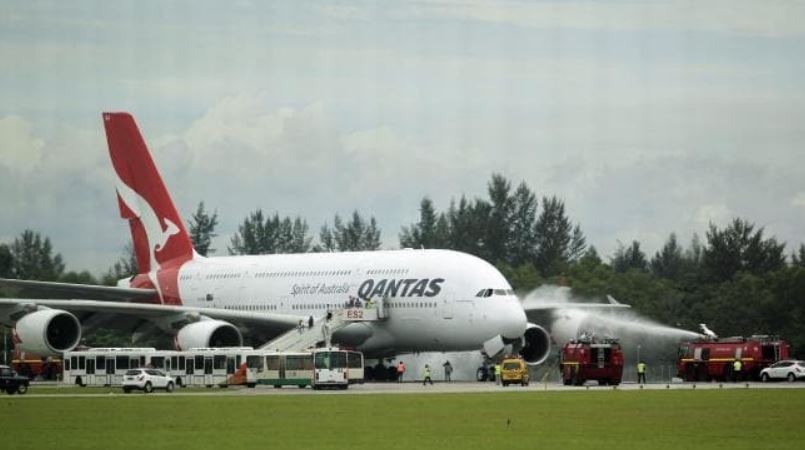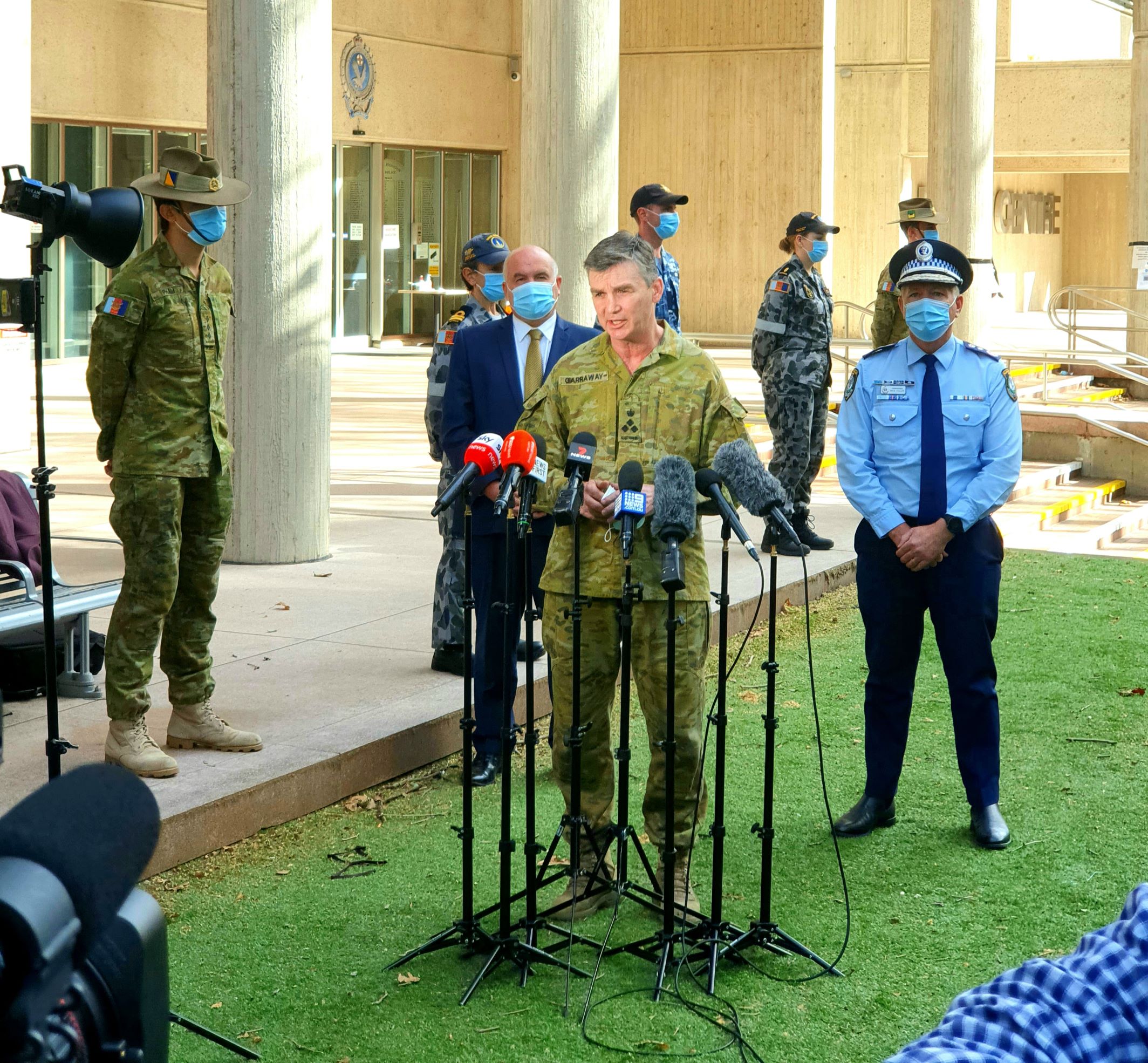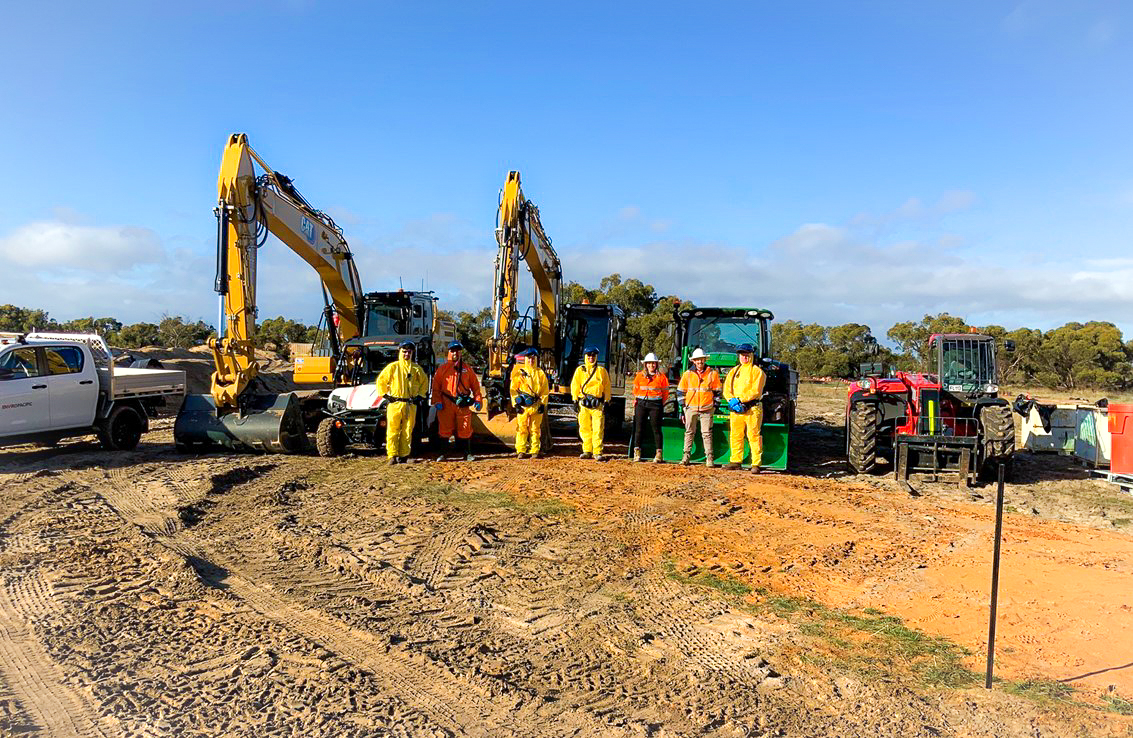There are no secrets to successful crisis communications: it’s all about thinking clearly, using common sense and being open and honest.

It doesn’t matter whether the crisis is a small one that has limited public impact, or a major incident that will attract international headlines, damage corporate reputation and share price and potentially cause injury …or worse.
Recently I was listening to the Qantas A380 captain whose exceptional flying skills saved hundreds of lives – including his own – on a flight from Singapore to Sydney.

Captain Richard De Crespigny piloted QF32 when the aircraft suffered an “uncontained engine failure” causing 21 of the 22 onboard systems to break down. Despite the classic “black swan event”, Captain De Crespigny managed to ‘fly’ the aircraft back to Changi Airport, land safely and get all passengers and crew safely off the aircraft.
In analysing the event, he refers to three critical steps using – appropriately – aeronautical terms to successfully manage such a crisis:
Aviate, Navigate, Communicate
To the uninitiated, this may seem overly simplistic but having managed a number of crises, it neatly sums up what must happen to ensure the situation doesn’t spiral out of control from a comms perspective.

To aviate, it’s important to get a handle of what’s happened. Early on, you are unlikely to have full and complete information but you will have enough to at least progress to the next stage.

The second stage is to navigate and work out where to from here. Ideally, you have a crisis communications plan and have rehearsed it regularly. This plan will help guide your next steps.
Thirdly, and arguably most importantly, you must communicate. You need to let your stakeholders know that you are aware of the situation, even if you don’t have all the details. You must reassure them that you are addressing the issue and that you will update the information as more detail comes in. It is also vital that you communicate with honesty, empathy and accuracy.
These three steps could also easily apply to developing a strategic media and communications plan. The key difference in the event of a critical incident is that the time between each step can be measured in minutes rather than days or weeks.

And in the words of Captain de Crespigny always remember that in a crisis “a good decision today is better than a great decision tomorrow.”


